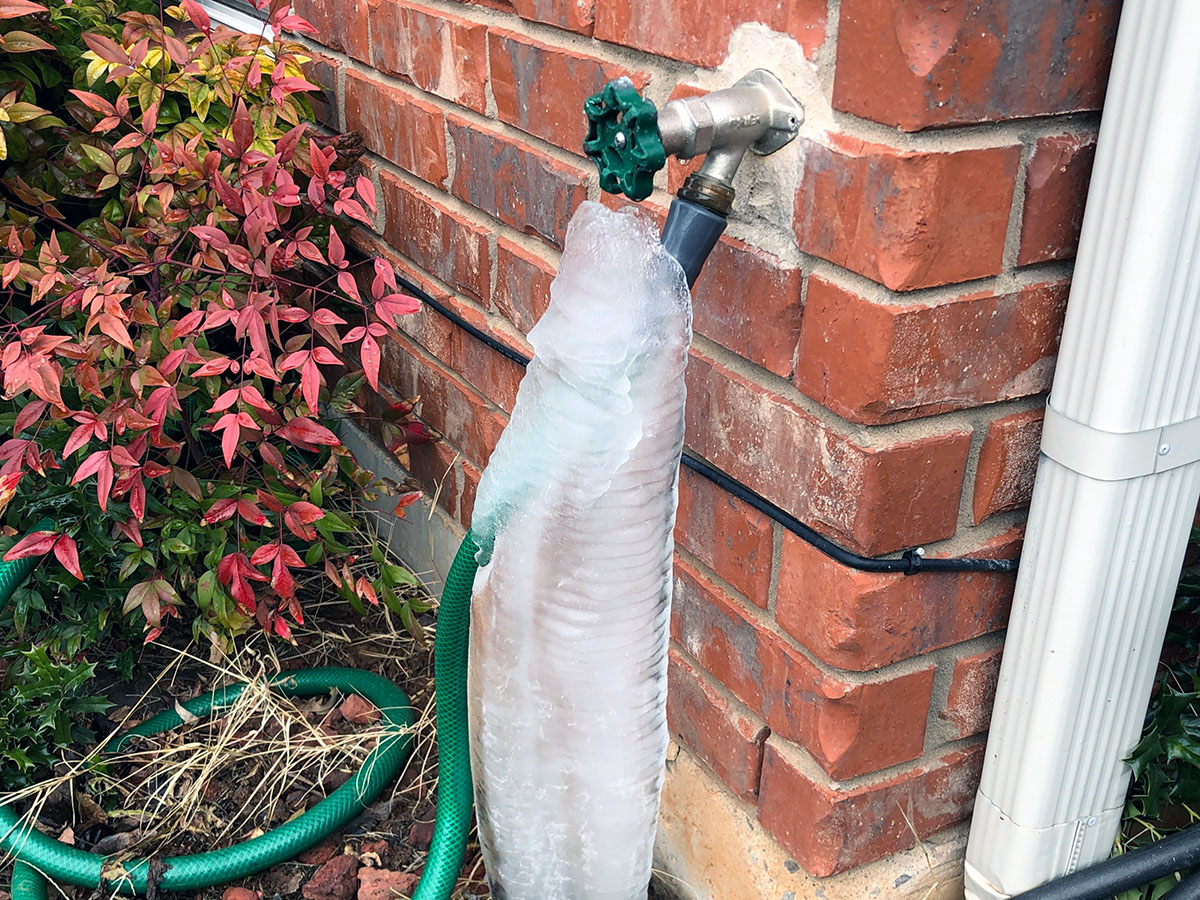

Articles
What To Do If Outside Faucet Is Frozen
Modified: October 20, 2024
Learn how to handle a frozen outdoor faucet in this informative article. Take the necessary steps to prevent damage and ensure functionality.
(Many of the links in this article redirect to a specific reviewed product. Your purchase of these products through affiliate links helps to generate commission for Storables.com, at no extra cost. Learn more)
Introduction
Having access to running water outside your home is incredibly convenient, whether it’s for watering your garden, washing your car, or filling up a kiddie pool for the kids to splash around in. However, during the colder months, there’s a chance that your outside faucet may freeze, rendering it unusable.
A frozen outside faucet can be a frustrating problem, especially if you rely on it for various outdoor tasks. In this article, we will explore the signs of a frozen outside faucet, the causes behind it, and most importantly, what you can do to prevent and thaw a frozen outside faucet.
By understanding the steps to take when dealing with a frozen outside faucet, you can ensure that you have access to running water no matter the season.
Key Takeaways:
- Prevention is the best cure. Disconnect hoses, insulate the faucet, and shut off the water supply before winter to avoid a frozen outside faucet. Stay proactive and enjoy uninterrupted water access.
- Thawing a frozen outside faucet requires caution. Apply gentle heat, warm the pipes, and check for leaks. If unsure, seek professional help to ensure a safe and effective thawing process.
Read more: What To Do If Outdoor Spigot Is Frozen
Signs of a Frozen Outside Faucet
Identifying whether your outside faucet is frozen is crucial in order to take the appropriate steps to address the issue. Here are some signs that indicate your outside faucet may be frozen:
- No water flow: When you try to turn on your outside faucet, if no water comes out or there is only a trickle, it could be a sign that the faucet is frozen.
- Frost or ice buildup: Check the exterior of the faucet, especially around the spout and handles. If you notice frost or ice accumulation, it’s a clear indication that your faucet has frozen.
- Strange odors: In some cases, a frozen faucet can cause water to back up in the pipe. This can lead to unpleasant smells coming from the faucet or even from the drains connected to it.
- Visible cracks or leaks: Freezing temperatures can cause the water inside the faucet to expand, leading to cracks or leaks in the faucet or pipes.
If you notice any of these signs, it’s important to take action promptly to prevent further damage and address the issue effectively.
Causes of Frozen Outside Faucet
Understanding the causes of a frozen outside faucet can help you prevent the issue from occurring in the first place. Here are some common causes:
- Low temperatures: The most obvious cause of a frozen outside faucet is extremely cold weather. When the temperature drops below freezing, the water inside the faucet can freeze and block the flow.
- Poor insulation: If your outside faucet is not properly insulated or exposed to drafts, it becomes more vulnerable to freezing. Insufficient insulation allows the cold air to reach the pipes, increasing the chances of freezing.
- Water left in the pipes: If there is water left in the pipes leading to the outside faucet, it can freeze and cause the faucet to become frozen as well. This often happens when homeowners forget to shut off the water supply to the outside faucet before winter sets in.
- Improper installation: In some cases, a frozen outside faucet can be caused by improper installation. If the faucet is not positioned correctly or if there are gaps in the connections, cold air can seep through and freeze the water inside.
It’s important to be aware of these causes so that you can take preventative measures to avoid a frozen outside faucet. By addressing these issues, you can ensure a steady and uninterrupted water supply throughout the year.
If your outside faucet is frozen, try using a hair dryer or heat lamp to thaw the pipe. Keep the faucet open to allow water to flow once it thaws. Disconnect hoses and shut off the water supply to prevent further freezing.
Prevention Tips
Preventing a frozen outside faucet is easier than dealing with the issue once it has already occurred. Here are some helpful tips to keep your outside faucet from freezing:
- Disconnect hoses: Before winter arrives, disconnect and drain all garden hoses connected to your outside faucet. Leaving hoses attached can prevent water from draining properly and lead to freezing.
- Insulate the faucet: Use faucet covers or wrap the exterior of your outside faucet with insulation material to provide an extra layer of protection against the cold. Make sure to cover the spout, handle, valve, and the pipe leading to the faucet.
- Protect exposed pipes: If you have exposed pipes leading to the outside faucet, insulate them using foam insulation sleeves or heat tape. This will help prevent freezing and keep the water flowing smoothly.
- Shut off the water supply: Locate the shut-off valve that controls the water supply to your outside faucet and turn it off before the freezing temperatures arrive. This will prevent any water from entering the faucet and freezing.
- Use a freeze-proof faucet: Consider installing a freeze-proof or frost-free outdoor faucet. This type of faucet is designed to drain water from the pipe when the faucet is turned off, preventing freezing.
- Keep the faucet warm: If possible, create a warmer environment around the outside faucet by placing a heat lamp or a portable heater near it. This can help maintain above-freezing temperatures and prevent freezing.
By implementing these prevention tips, you can significantly reduce the risk of encountering a frozen outside faucet and ensure a continuous water supply even during the coldest months of the year.
Thawing a Frozen Outside Faucet
If your outside faucet has already frozen, it’s important to thaw it as soon as possible to prevent further damage. Here’s what you can do to safely thaw a frozen outside faucet:
- Turn off the water supply: Locate the shut-off valve that controls the water supply to the outside faucet and make sure it is turned off. This will prevent any excess water from flowing into the faucet while you thaw it.
- Apply heat: Gently apply heat to the frozen faucet using a hairdryer, a heat gun, or a portable space heater. Keep a safe distance from the faucet to avoid accidental damage. Gradually thaw the faucet by moving the heat source back and forth, targeting both the faucet and the supply pipe.
- Use hot towels: If you don’t have access to heating tools, you can wrap hot towels around the frozen faucet. Soak the towels in hot water and carefully drape them over the faucet. The heat will gradually thaw the ice.
- Warm the pipes: In addition to thawing the faucet, it’s important to warm the pipes leading to the faucet. Use a heat source or insulation to warm the pipes and ensure that the water can flow freely.
- Check for leaks: After the faucet has thawed completely, turn on the water supply gradually to avoid a sudden surge. Check for any leaks or cracks in the faucet or pipes. If you notice any damage, it’s best to consult a professional plumber for repairs.
Remember to exercise caution when thawing a frozen outside faucet. Applying too much heat or using excessive force can cause damage to the faucet or pipes. If you’re unsure or uncomfortable with the thawing process, it’s best to seek the assistance of a professional plumber to ensure the proper thawing and repair of your outside faucet.
Read also: 9 Amazing Outside Faucet for 2025
Final Thoughts
Dealing with a frozen outside faucet can be frustrating, but with the right knowledge and preparation, you can prevent this issue from occurring or effectively address it if it does happen. By being proactive and following the prevention tips mentioned earlier, you can minimize the risk of encountering a frozen outside faucet during the colder months.
Regular maintenance and proper insulation are key to ensuring the longevity and functionality of your outside faucet. Remember to disconnect hoses, insulate the faucet, protect exposed pipes, and shut off the water supply before winter arrives.
If you do find yourself with a frozen outside faucet, take the appropriate steps to thaw it gently and safely, making sure to avoid causing any damage to the faucet or pipes. If you’re unsure or uncomfortable with the thawing process, don’t hesitate to seek professional assistance.
By taking preventative measures and promptly addressing a frozen outside faucet, you can continue to enjoy the convenience of having running water outside your home throughout the year. Stay proactive, stay informed, and keep your outside faucet in good working condition.
Remember, prevention is key, but if you do encounter a frozen outside faucet, don’t panic. With the right knowledge and steps, you can thaw it and restore the functionality in no time. Take care of your outside faucet, and it will serve you well for years to come.
After tackling that frozen outside faucet, ensure your entire home is in top shape with our comprehensive guide on home upkeep. From routine checks to detailed inspections, mastering home maintenance will keep your dwelling safe and sound through all seasons. Ready for more handy tips? Dive into our next article to keep your living space in prime condition.
Frequently Asked Questions about What To Do If Outside Faucet Is Frozen
Was this page helpful?
At Storables.com, we guarantee accurate and reliable information. Our content, validated by Expert Board Contributors, is crafted following stringent Editorial Policies. We're committed to providing you with well-researched, expert-backed insights for all your informational needs.
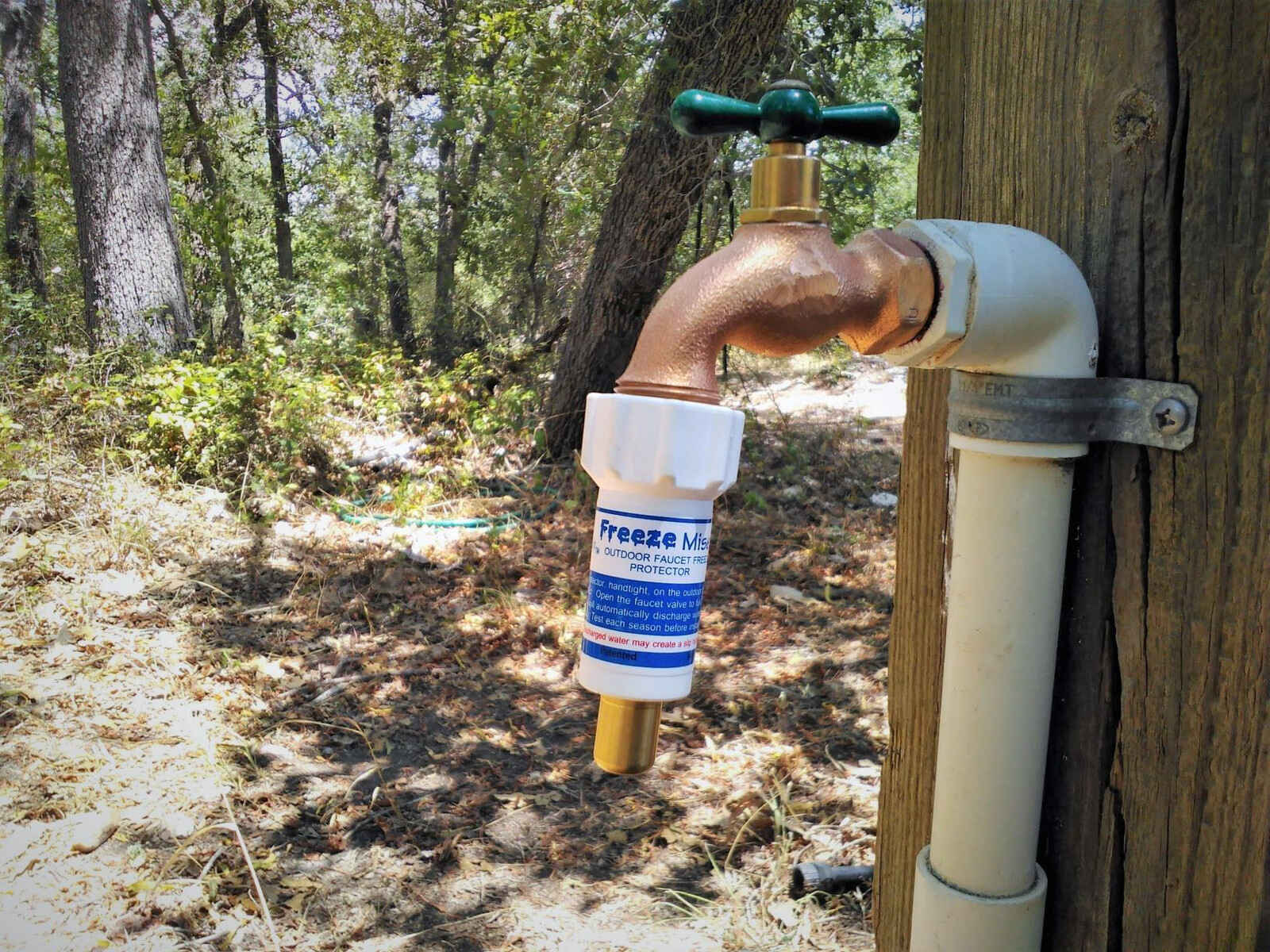
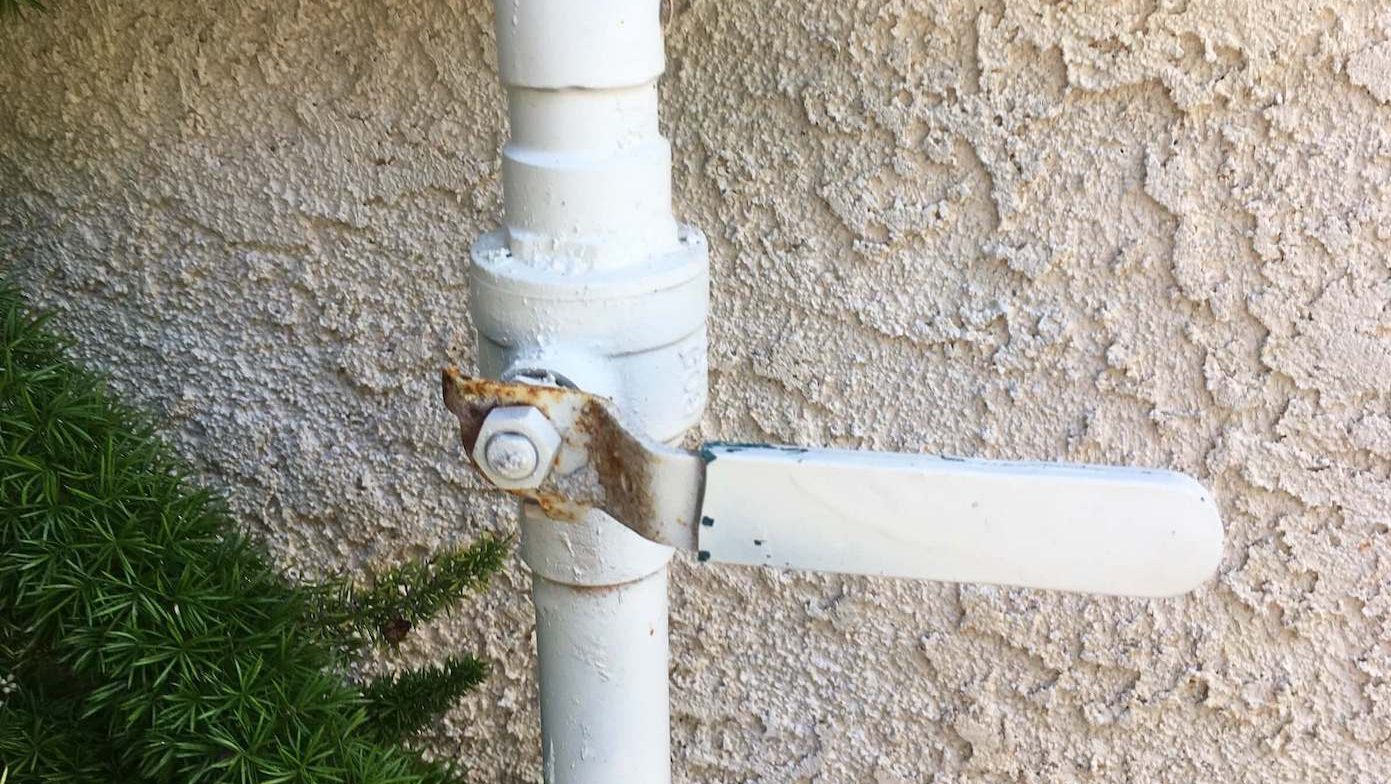
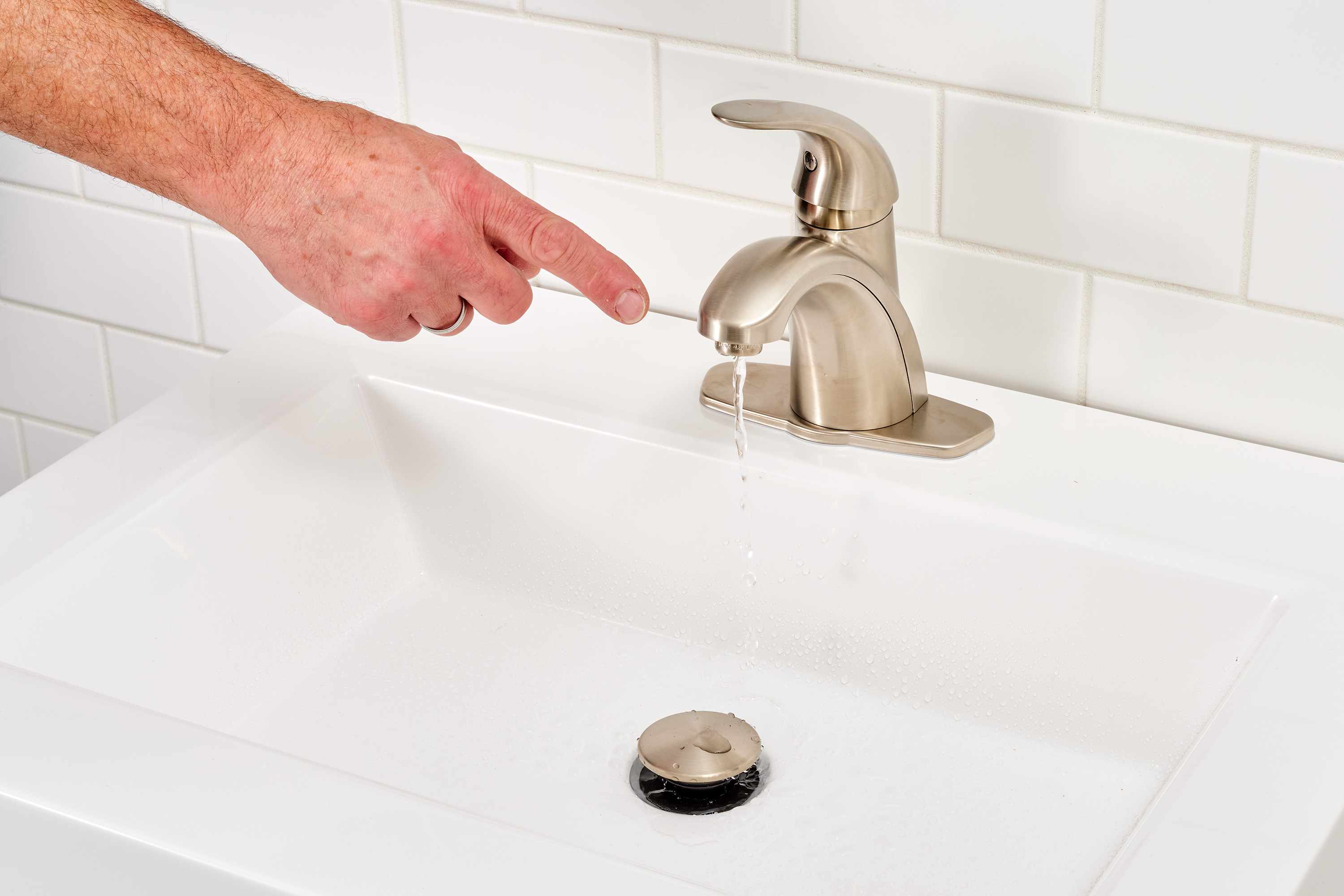
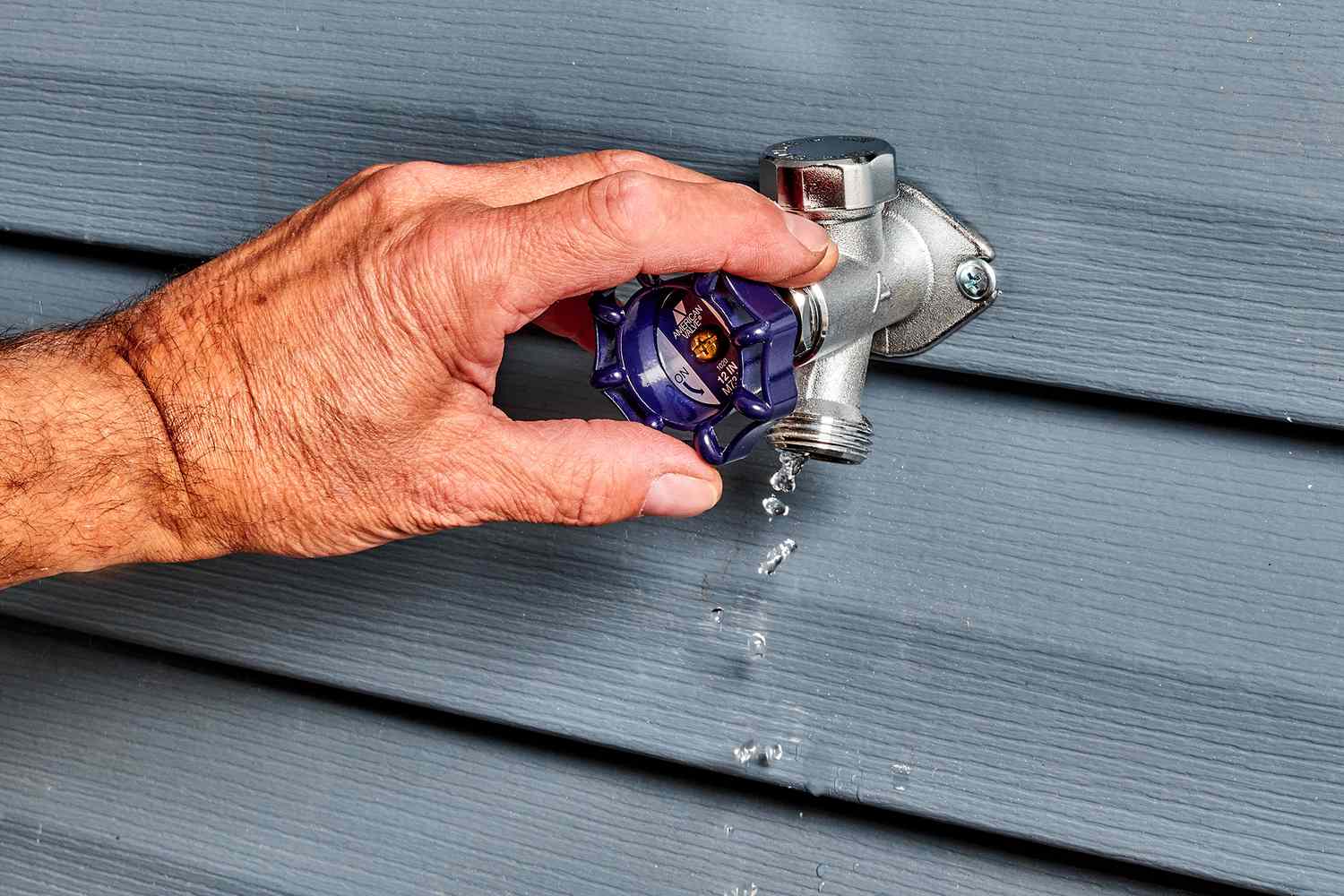

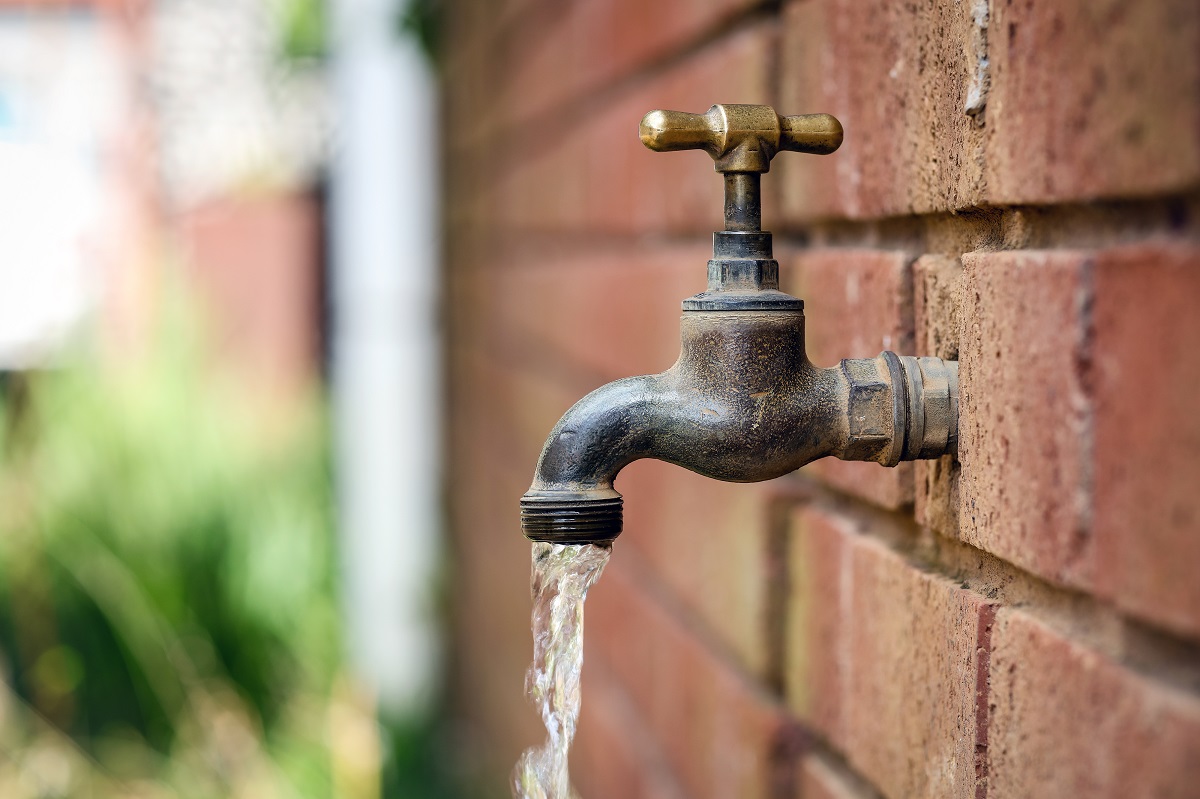
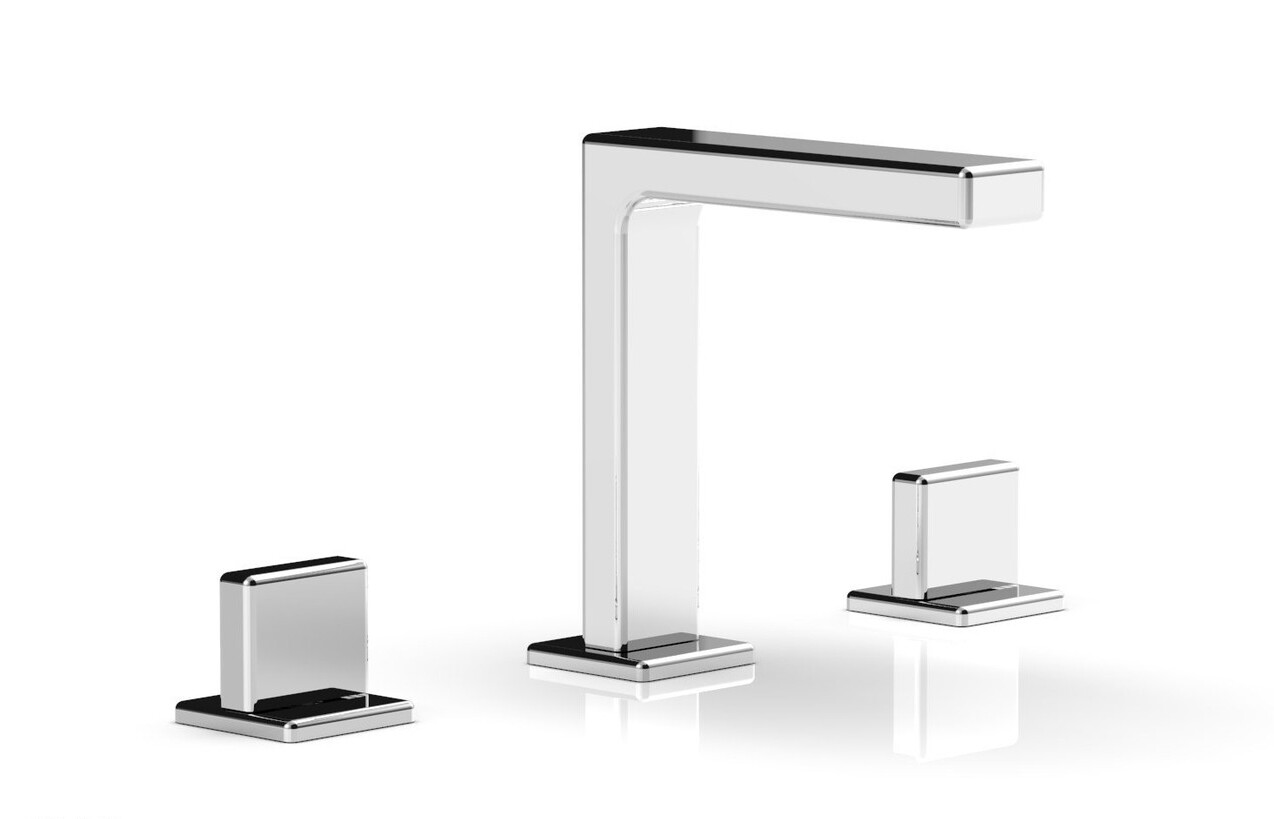
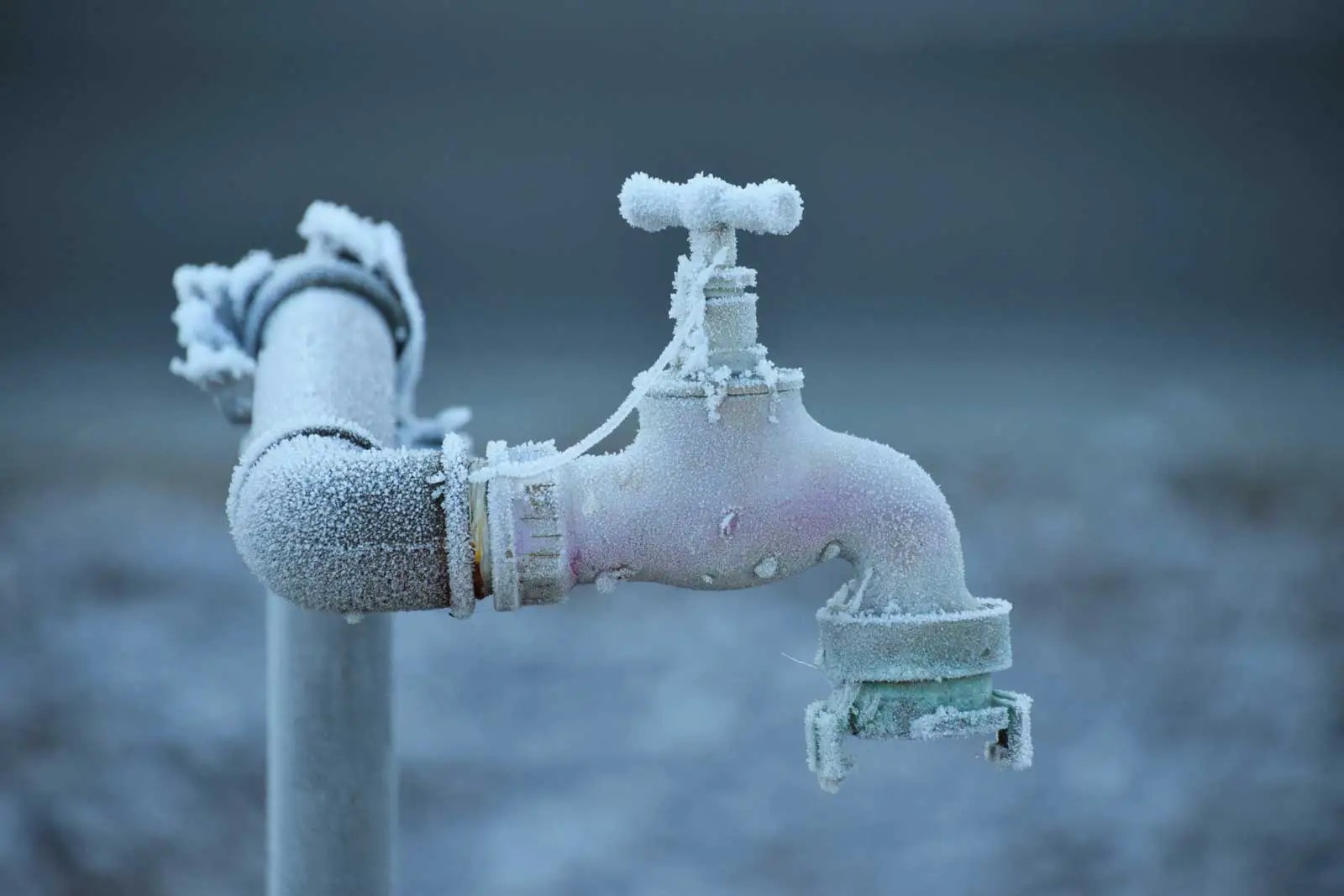
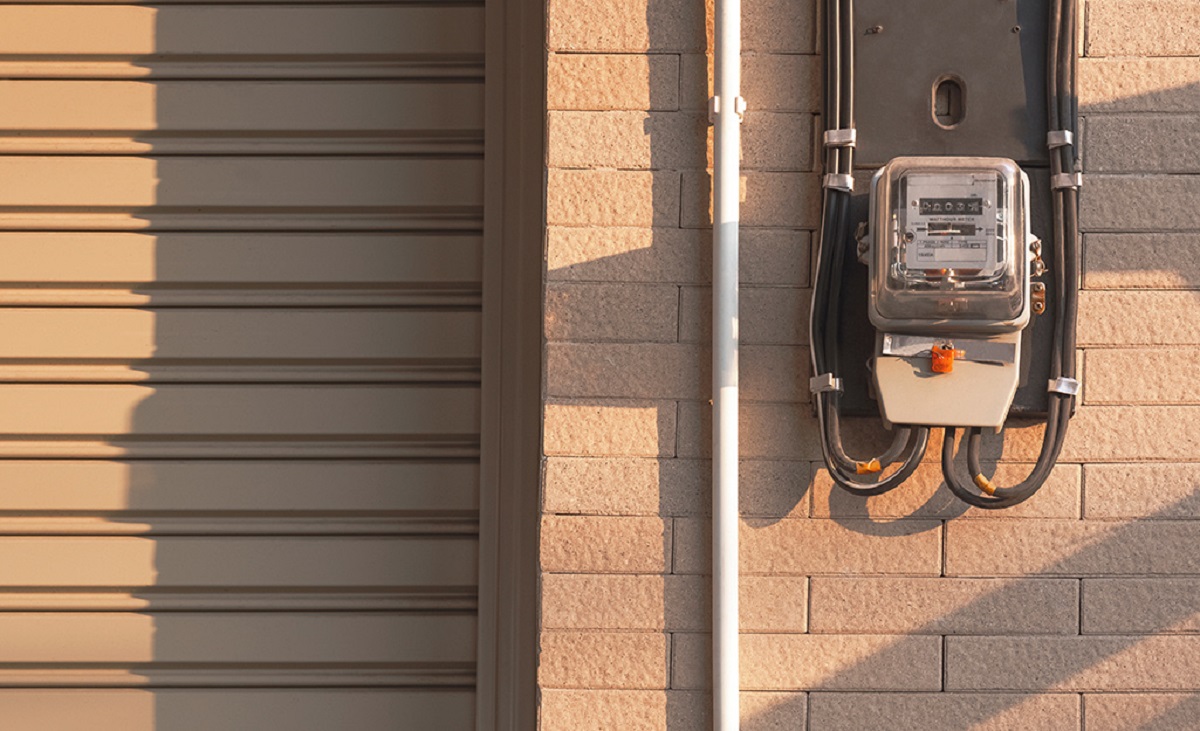
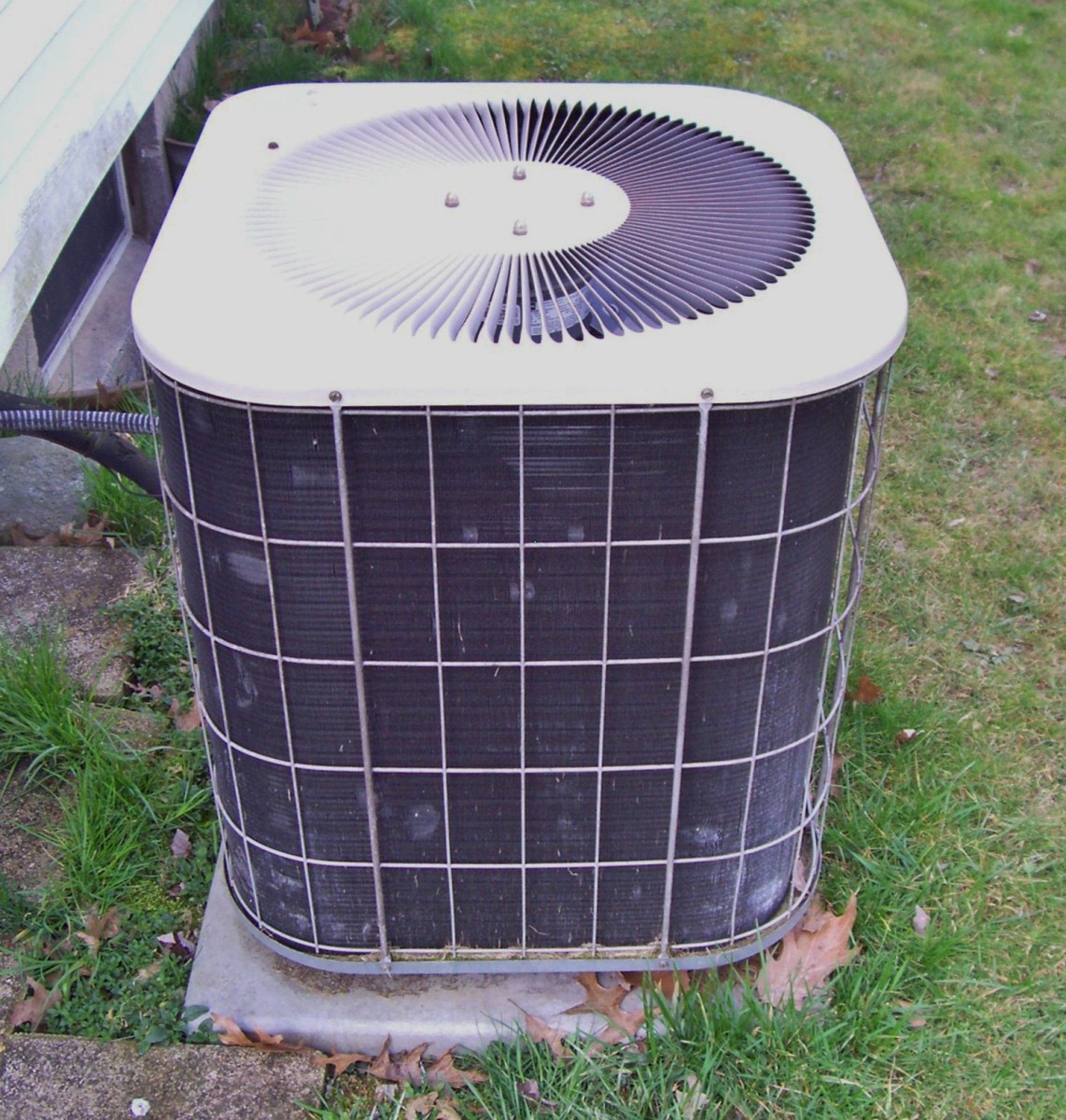
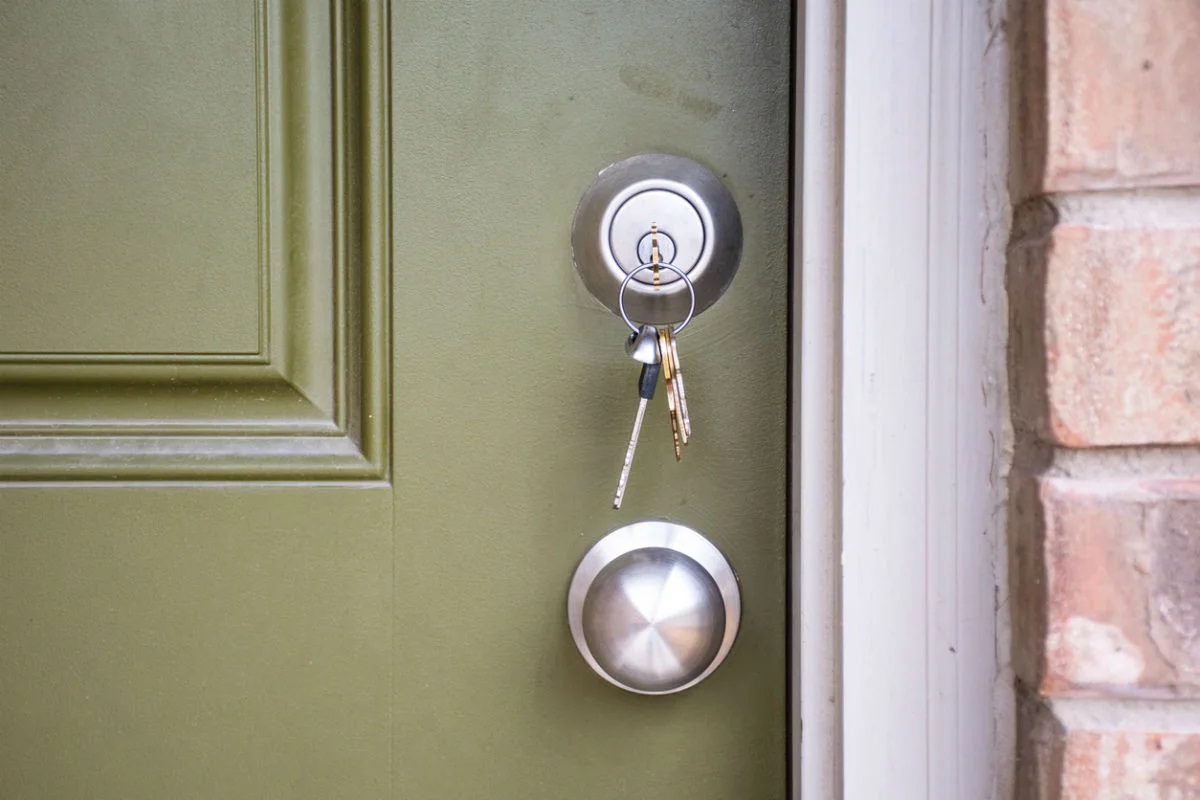
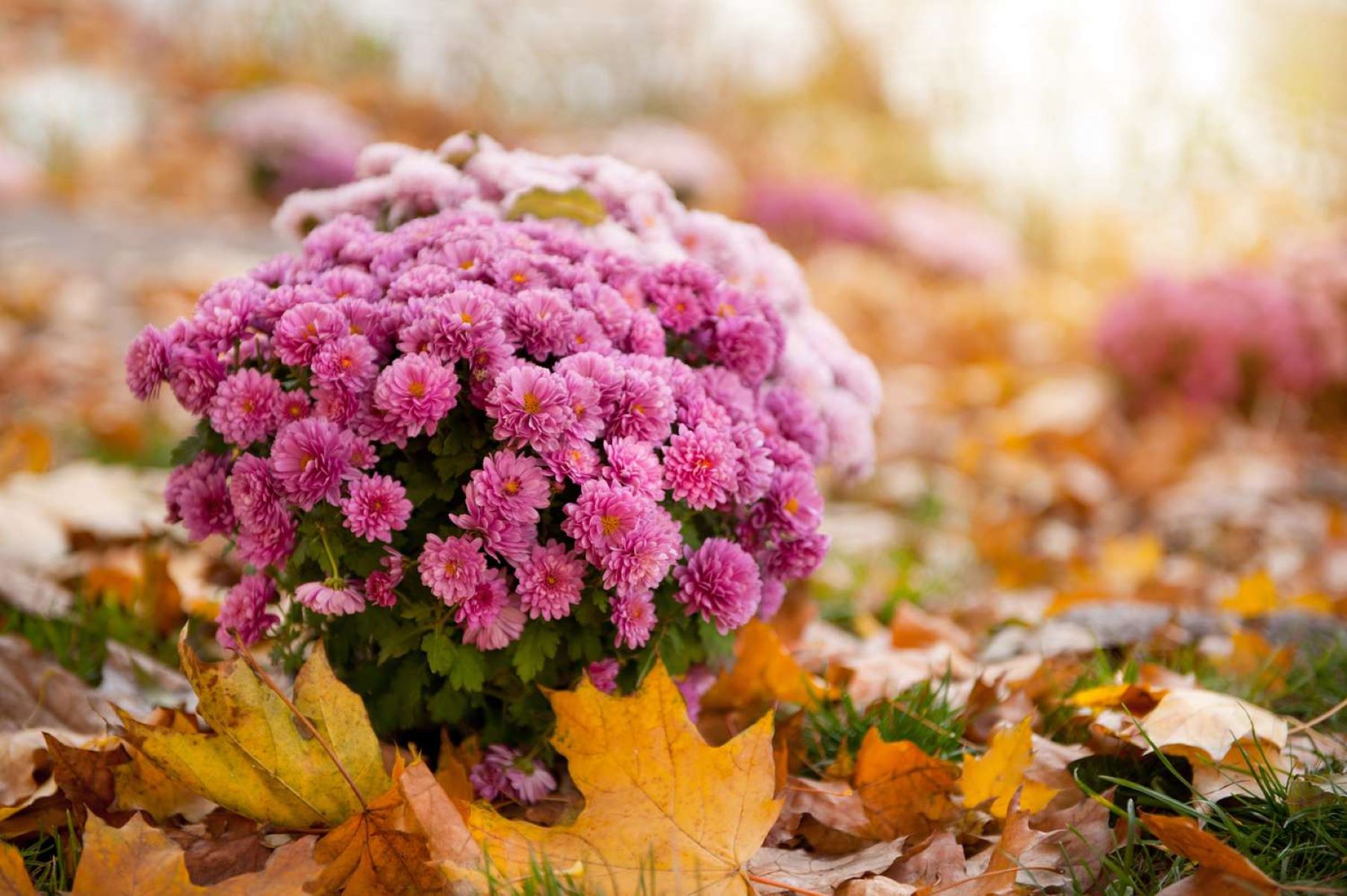
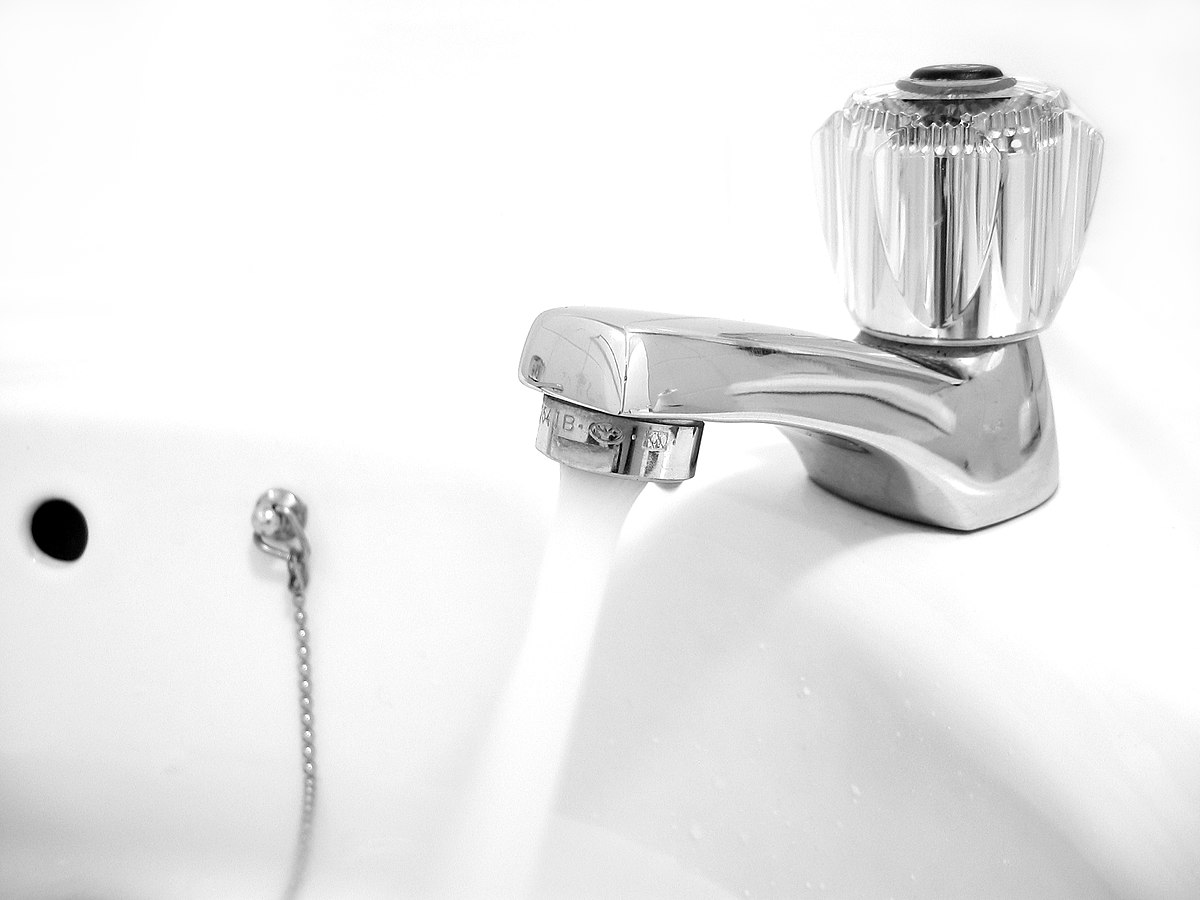
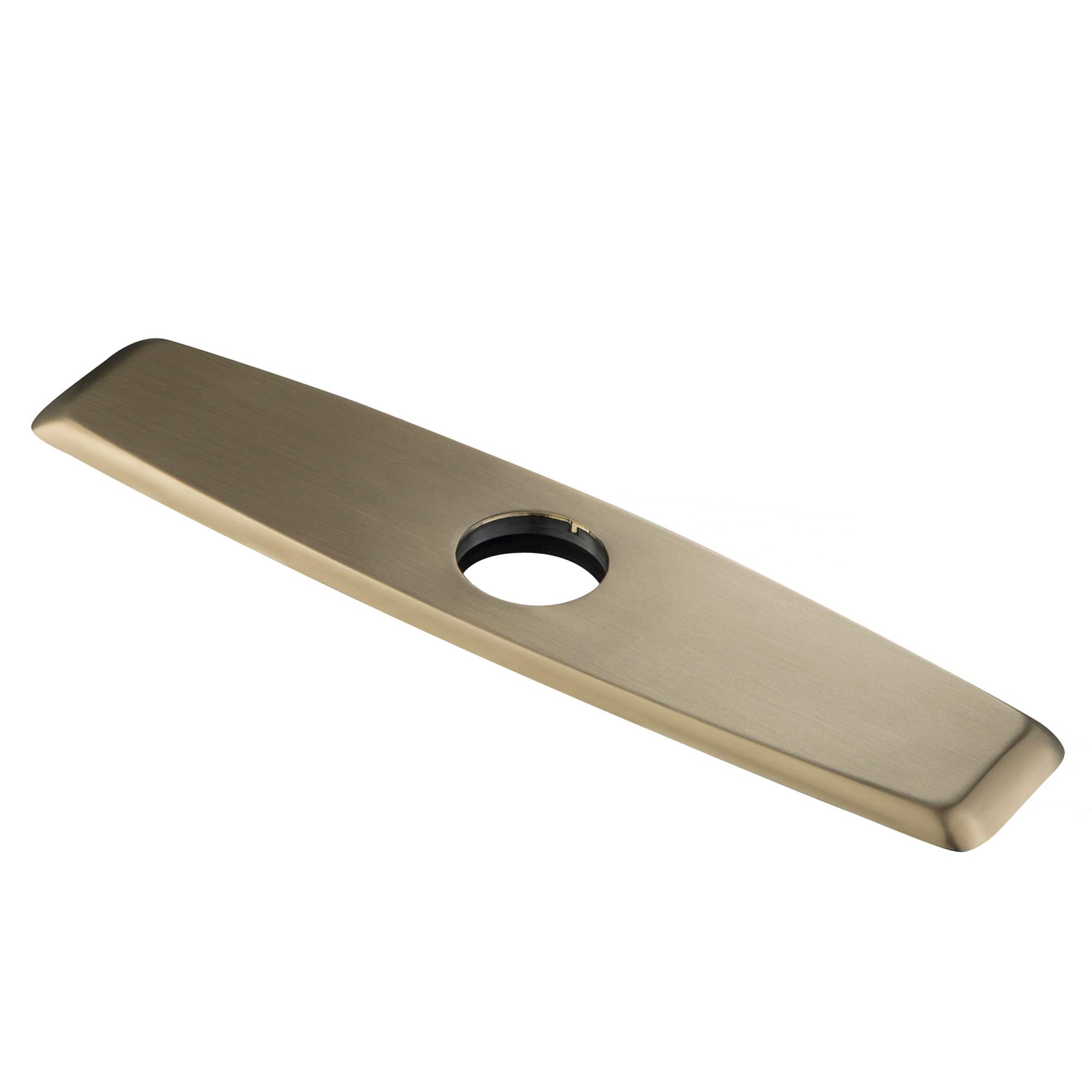

0 thoughts on “What To Do If Outside Faucet Is Frozen”